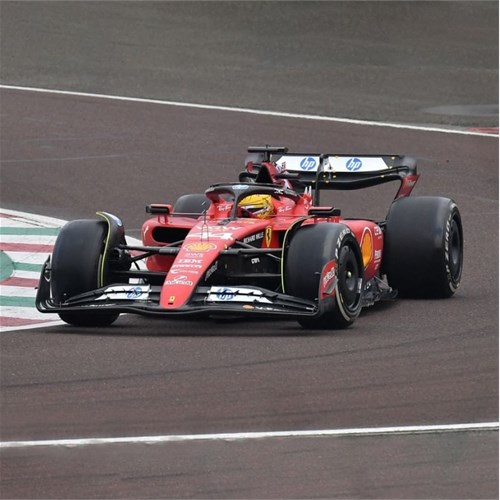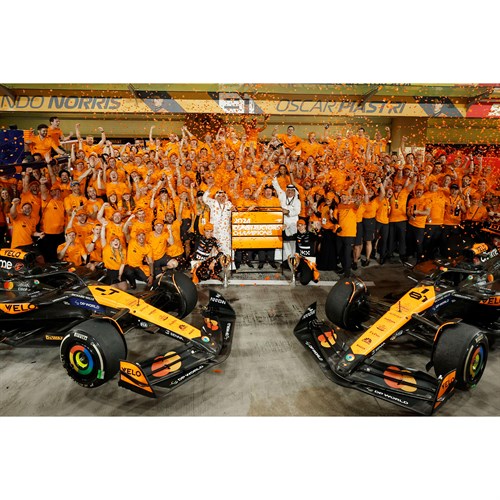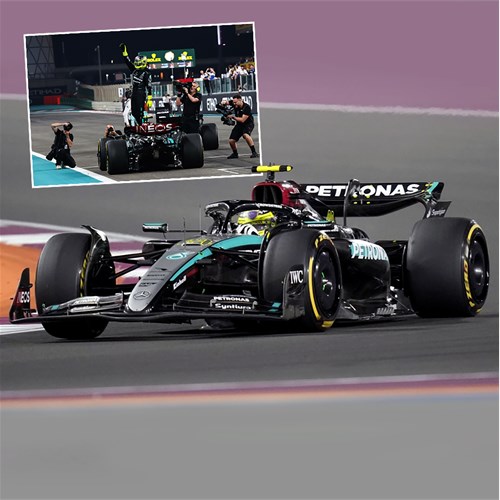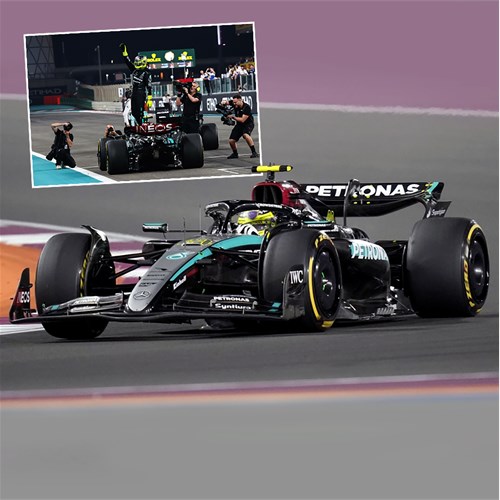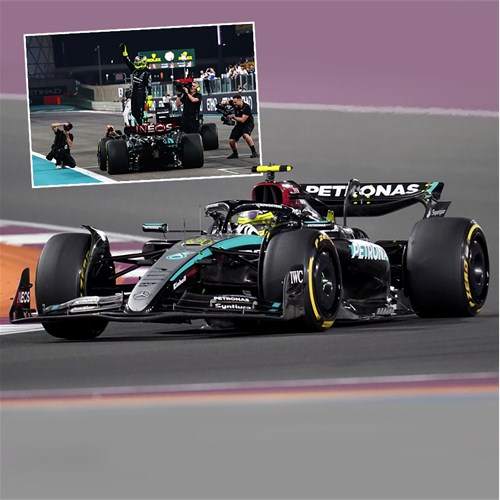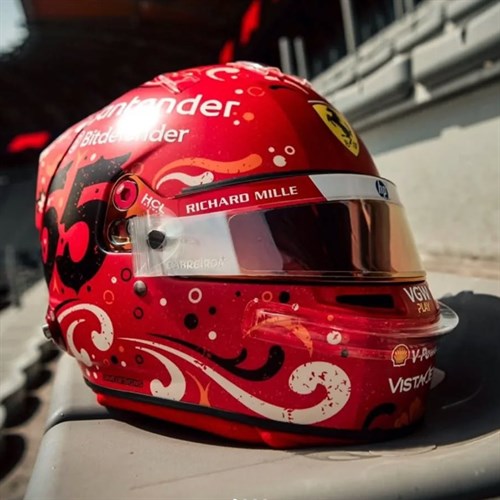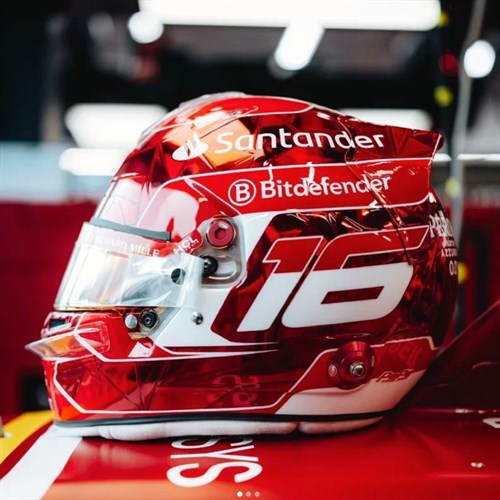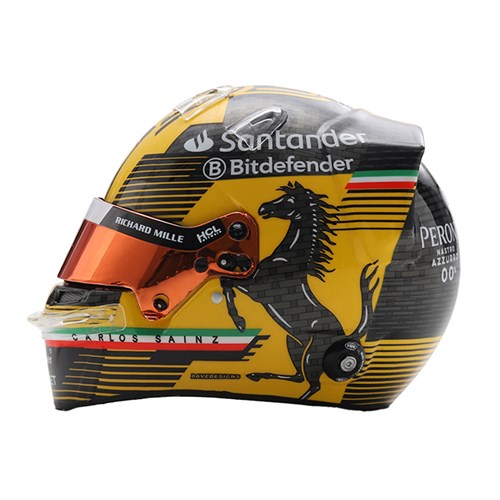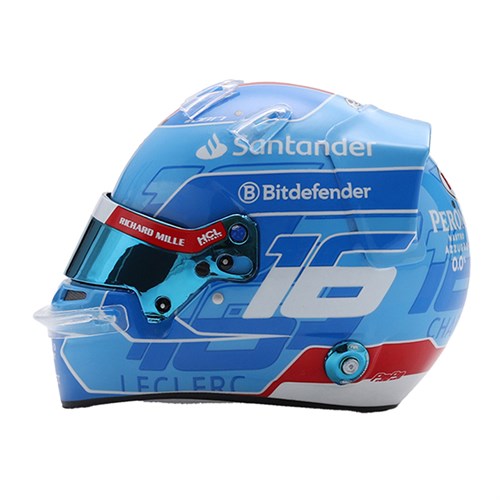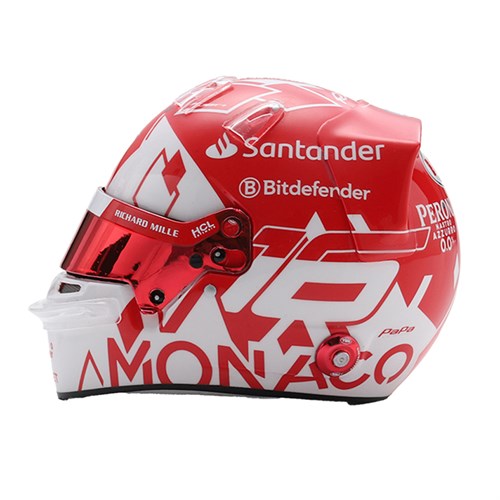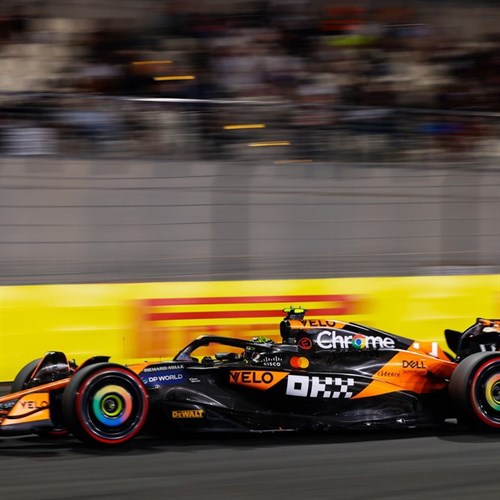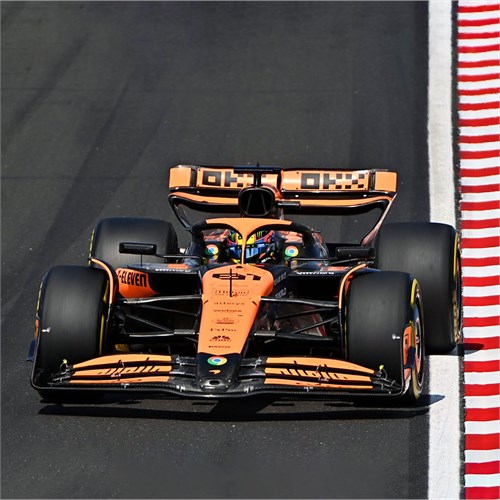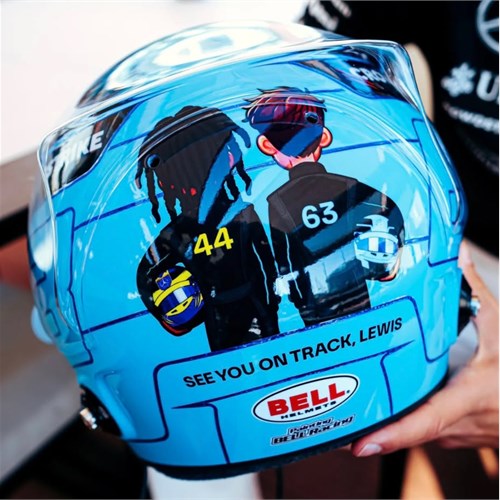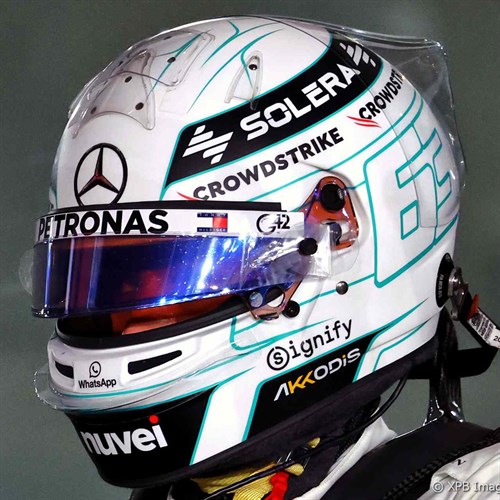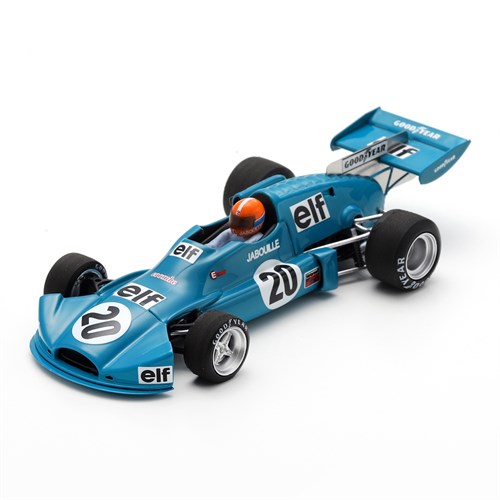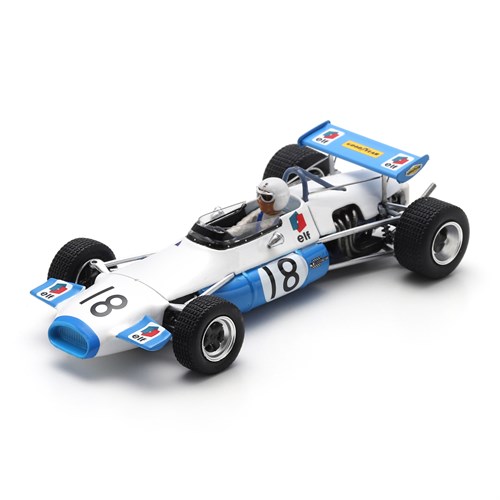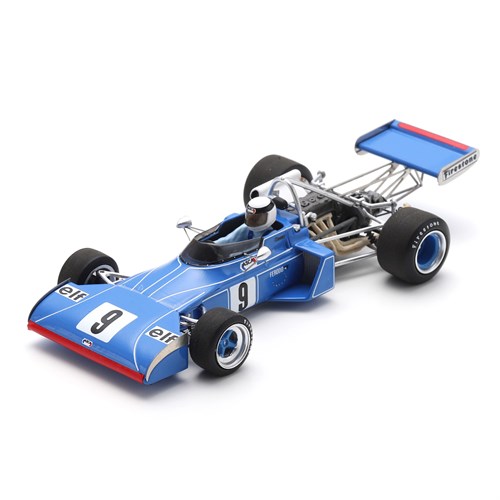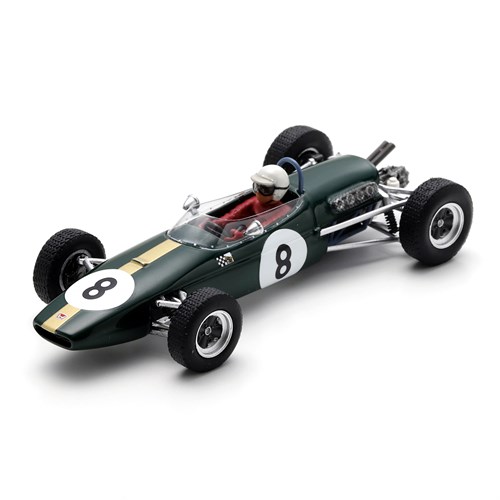- Menu
- Diecast brandsFeatured brandsAll diecast brands A - L
- F1 models
- Road carsSearch by marque A-JSearch by marque L-ZSearch by scale
- Motorsport modelsSearch by motorsportSearch by scale
- Motorbike modelsSearch by motorbike typeValentino Rossi
- Other models
- Models by Scale
- SaleSearch by product typeSearch by scale
- Stories
- Sign In
- Register
Brand
Availability
Product Type
Team
Driver or Rider
Signed
F1 diecast models | F1 model cars
Buy modern and classic F1 car models at Diecast Legends. Huge range of F1 diecast model cars 1:18 and 1:43 including Ferrari, Mercedes, Red Bull & McLaren online. By Spark, Minichamps, Tecnomodel and more. Ship UK and worldwide.
The Formula One world championship commenced in 1950, most probably inspired by motorcycle grand prix racing that started its own world championship the year before.
For most of the 1950s front-engined machines dominated the F1 scene, when engine power was about the only thing that mattered. Alfa Romeo, Ferrari, Mercedes and Maserati were the front-running teams during this era. Giuseppe Farina was the first ever world drivers’ champion, while Juan Mauel Fangio accrued five world titles, in 1951 and then from 1954 to 1957. Alberto Ascari became the first multiple world champion after securing the crown in 1952 and 1953. In 1958 Mike Hawthorn became the first ever British world champion. Stirling Moss also won several grands prix during this period, and although he finished as runner-up in the drivers’ points on four consecutive occasions he was destined never to achieve the sport’s top accolade.
Towards the end of the 1950s rear-engined machines took over at the head of the field, Cooper’s Jack Brabham lifting the title in 1959 and 1960. It was during the 1960s that the independent British teams made their mark on the sport, with BRM and Lotus coming to the fore. Brabham would also set up his own Formula One team and win the world championship driving for his own outfit, in 1966. British drivers won four consecutive titles from 1962 to 1965, with Graham Hill, Jim Clark and John Surtees; the latter becoming the only person in history to win the top world championship in both motorbike and car racing.
Towards the end of the 1960s aerodynamics and commercial sponsorship made their mark on the sport, with the cigar-shaped cars now sprouting downforce-generating front and rear wings to improve cornering speeds, as well as the colours of the businesses that backed them; predominantly tobacco companies. The sport was rocked by the death of double world champion Jim Clark in 1968, with his Lotus team-mate Hill lifting that year’s title.
Jackie Stewart won the first of his three world championships in 1969, and through the 1970s he led a crusade to improve safety in Formula One. Jochen Rindt became the only posthumous Formula One champion in 1970, losing his life in a crash at Monza before the end of the season. Emerson Fittipaldi won his two titles in the first half of the decade; in 1972 for Lotus and 1974 for McLaren.
Ferrari returned to the top of the championship in 1975 with Niki Lauda, before the Austrian almost lost his life the following year in a horrific accident at the Nurburgring. Britain’s James Hunt narrowly beat Lauda to the title in one of the most controversial Formula One seasons of all time. Lauda regained the world championship in 1977, and then in 1978 Mario Andretti scored Lotus’s McLaren then dominated the rest of the decade, winning three drivers’ titles with Prost (1985, 1986, 1989) and one with the mercurial Ayrton Senna (1988). The only interloper was Williams’ Piquet in 1987. Senna then also secured the 1990 and 1991 crowns, Prost having left McLaren for Ferrari after the two had spectacularly fallen out, with the 1989 and 1990 world championships decided in collisions between the pair. Williams was the team to beat in 1992 and 1993, with Britain’s Nigel Mansell finally being crowned in 1992 after having come close on so many previous occasions. The British driver then switched to Indycar racing and was replaced by Prost, who won his fourth and final world title before retiring from the sport. 1994 saw the emergence of Michael Schumacher and the Benetton team, and the tragic death of Senna in the San Marino Grand Prix. In a controversial season Schumacher secured the title by a single point after a collision with title rival Damon Hill in the final race. Schumacher then doubled up in 1995 before leaving Benetton for Ferrari. Williams returned to the top of the tree for the next two years, with Damon Hill prevailing in 1996 after a couple of near-misses (also becoming the first son of a world champion to win the world championship himself) and Jacques Villeneuve in 1997. It was then McLaren’s turn to win two drivers’ world championships, Mika Hakkinen defeating Ferrari’s Schumacher in 1998 and Eddie Irvine in 1999. From 2000 Ferrari made up for not winning a drivers’ title for 21 years, as it started a run of five consecutive world championship successes with Schumacher. A couple of those seasons were close-run things, but for most of the time the team was utterly dominant. Renault’s young superstar Fernando Alonso prevailed in 2005 and 2006, before Ferrari returned to the top in 2007 with Kimi Raikkonen, who narrowly bested McLaren’s Alonso and rookie Lewis Hamilton. 2008 saw another hotly contested battle for the championship, with Hamilton scoring his first world title after making a crucial pass at the last corner of the final lap of the season to deny Ferrari’s Felipe Massa. One-hit wonder Brawn then claimed the 2009 title with Jenson Button. The next decade began with another period of sustained domination, as Red Bull’s Sebastian Vettel won four titles in a row from 2010. This was replaced with a period of even
read more
Loading more products ...







